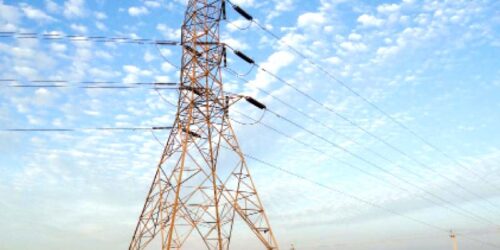Power generation soared by a record 30% to 8,965 gigawatt hours (GWh) in March partly due to industries shifting from own power generators to the national grid in the wake of growing domestic gas crisis.
Simultaneously, the cost of fuel component in the overall electricity production climbed almost 14% to Rs5.55 per unit due to power producers’ increased reliance on expensive imported fuels like RLNG and coal amid low supplies of the locally produced gas to power producers.
“The government’s decision to halt gas supply to captive power plants (at industries) effective February 1, 2021 may have been a driver in this notable increase in generation as companies moved to grid supply,” JS Research analyst Ali H Zaidi said in a commentary on Thursday.
To recall, around 1,200 captive power plants were being operated by companies across Pakistan. They used to consume almost 400 million standard cubic feet per day of gas (which comes to around one-third of the country’s total installed capacity to import RLNG/re-gasified liquefied natural gas at present).
The growth in the overall power generation in percentage terms is magnified as it is being compared to March 2020 when the generation had abruptly dropped to low at 6,911 GWh due to closure of industries in wake of the lockdown imposed to contain Covid-19.
Most of the industrial units in Pakistan have resumed operations at full capacity these days.
“During March 2021, fuel cost for power generation increased by 13.9% year-on-year to Rs5.55 kWh (kilowatt-hour) mainly due to rise in coal and gas based cost of generation,” AHL Research said in a commentary.
Coal and RLNG emerged as the top two fuels utilised to generate power in March. The coal-based generation grew 31% to 2,743 GWh, followed by RLNG-fired production, which surged 30% to 1,893 GWh in the month.
On the other hand, generation from indigenous gas fell 12.3% to 1,036 GWh in the month compared to 1,182 GWh in the same month last year.
K-Electric has recently informed its consumers that its increased reliance on RLNG, due to low supply of indigenous gas, would additionally cost consumers Rs0.3 per unit during March-September of 2021.
K-Electric CEO Moonis Alvi said earlier this month that RLNG cost double at around Rs1,200 per mmbtu (million British thermal units) compared to local gas, which costs Rs600 per mmbtu.
He said shift of Karachi-based industries from self-generated power to national grid supplies may generate additional power demand of 100-150 megawatt (MW) on an immediate basis. This demand may gradually aggregate to around 300-350 MW over the next 6-12 months.
Cumulatively, in the first nine months (Jul-Mar) of current fiscal year, power production increased 4.8% to 92,371 GWh compared to 88,172 GWh in the same period of the last year.
Coal, RLNG and hydel remained the top three sources of power generation. Generation from local gas decreased 12% during the nine months in question.
To recall, Pakistan has continued to witness a drop in gas production from its existing fields for the past several years as oil and gas exploration companies failed to make significant discoveries over the past decade.
The shortfall of gas worsened this year. The situation prompted the government to motivate the industries to shift from gas-based captive power plants to the national grid where the power is available in surplus.





